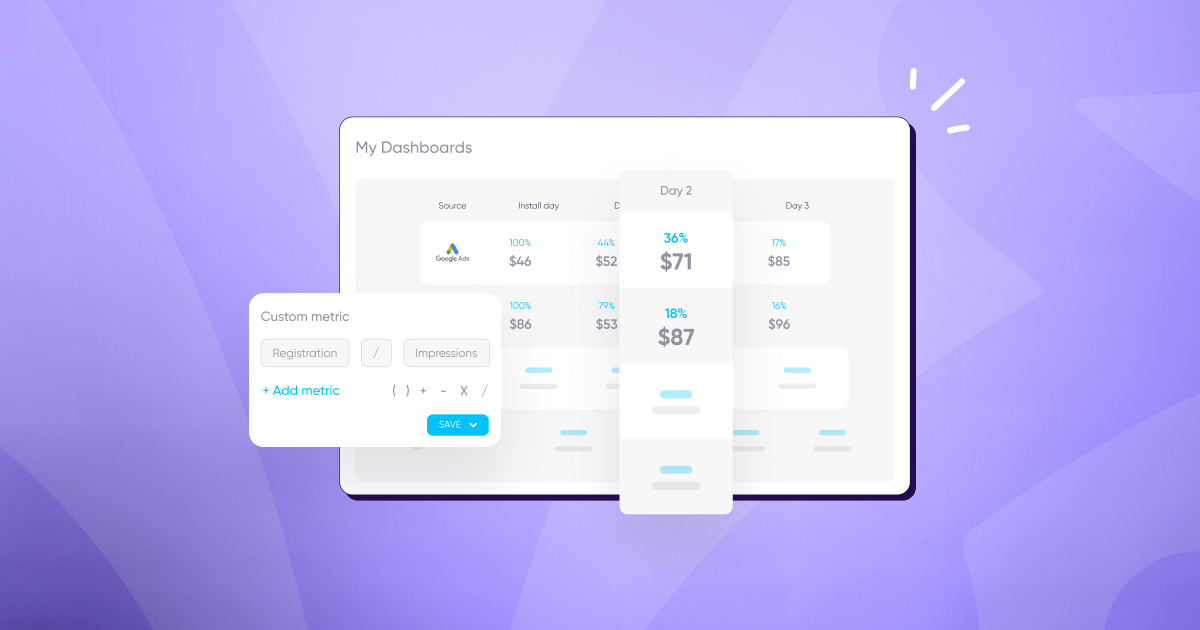
Campaign optimization: How to supercharge for success
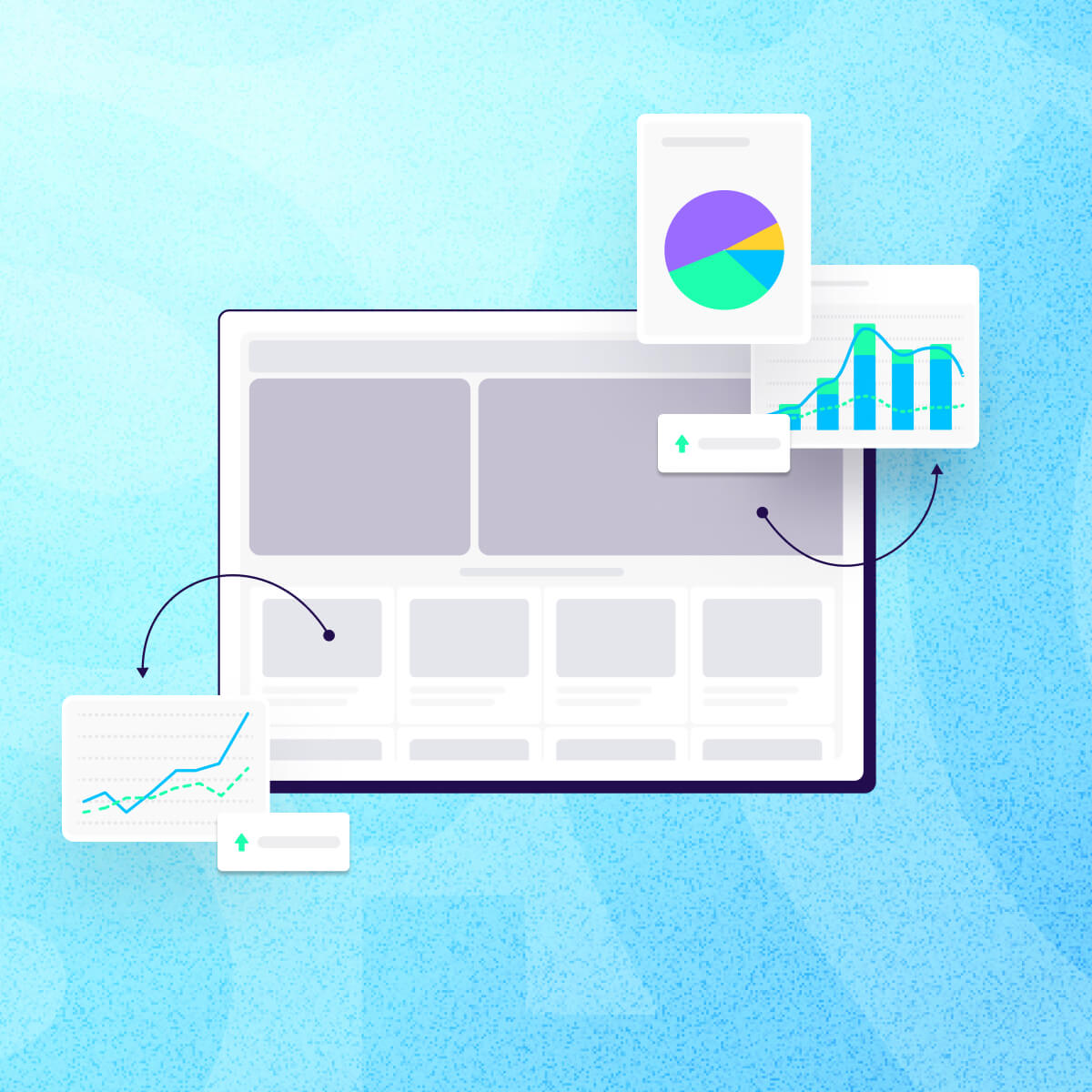
You’re pouring money into digital marketing campaigns, but are they really performing? Many marketers today are flying blind, unclear if their campaigns are delivering maximum ROI. With only 22% of businesses satisfied with their conversion rates, it’s critical to figure out what’s working and what isn’t so you can optimize your digital campaigns.
By looking at metrics and KPIs (key performance indicators), you’ll be able to understand where your strategy is driving results, and where you should make improvements to boost performance. These powerful insights will help you captivate your audience and gain an advantage over your competitors.
What is campaign optimization?
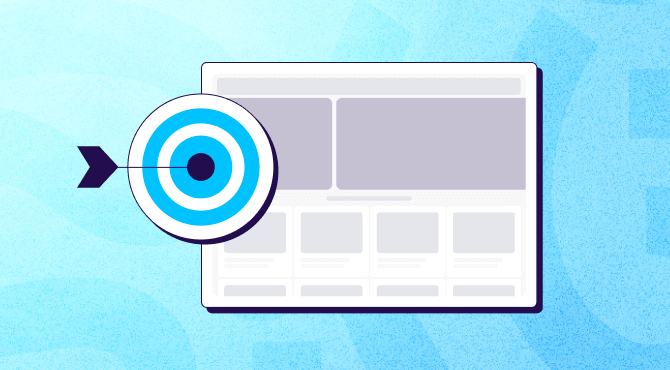
Campaign optimization is the process of analyzing digital campaigns and making adjustments to improve performance.
By zoning in on specific metrics, and tracking them over time, you’ll see what’s working in campaigns and where there’s room for improvement. You can then refine your strategy to deliver more effective campaigns and higher ROI.
After all, if the ROI of a campaign isn’t high enough, there’s a good chance that the campaign is a waste of money (as well as time and effort!).
What are the benefits of campaign optimization?
Unclear if optimizing your campaigns is worth the effort? Let’s take a look at some of the benefits of campaign optimization.
1. Improve return on investment (ROI)
For many campaigns, ROI is one of the main KPIs, an indicator of whether the campaign as a whole is successful or not. When optimizing campaigns, you’ll take a deep dive into audience data to help fine-tune your targeting strategies. This is essential to ensure you’re making the most effective use of your ad budget.
2. Increase (the right) traffic
Getting more of the right users to your landing page is a great tool to boost conversions. By optimizing correctly, you’ll drive your ideal audience to your site, leading to a more successful campaign.
3. Enable better customer segmentation
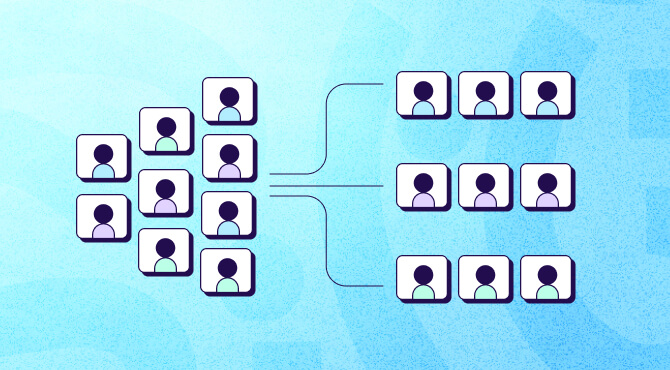
When you have relevant and accurate campaign data, it’s easier to segment by customer group. With this data, you’ll be able to find new groups that are interested in your product and engaging with your campaign. This can lead to changes in your campaign strategy or even new strategies moving forward.
4. Increase engagement
Campaign optimization helps you understand how to make potential customers engage with your campaign. For example, you may note that videos generate higher engagement than text or pictures. This information can help you tailor messages and media types to drive engagement and conversions.
5. Improve efficiency
This one ties straight into ROI. If an ad experience is efficient for a customer, they’ll have a better experience and a higher conversion rate. For example, if you have a long registration form, customers may abandon the process due to frustration or lack of time. The same goes for a slow load time on a web page or unclear UX design elements.
6. Gain a competitive advantage
When you optimize your campaigns, you’re giving yourself a leg up above your competitors. You can even use advanced campaign optimization techniques to investigate competitor campaigns, showing you what works in the field and what doesn’t.
Campaign optimization best practices
While campaign optimization might sound complex, the good news is there’s a whole bunch of tried-and-tested best practices you can use — so there’s no need to reinvent the wheel.
There are two types of best practices in campaign optimization:
- Strategic: These are the overarching principles, frameworks, and long-term considerations that will drive your campaign. They’re typically broad and high-level, setting the tone for the type of campaign and how it will operate.
- Tactical: These are specific techniques, methods, and actionable steps in the day-to-day execution of your campaign. They focus on the practical implementation of optimization efforts.
Here are some examples of both types to help you optimize your campaigns.
Strategic best practices
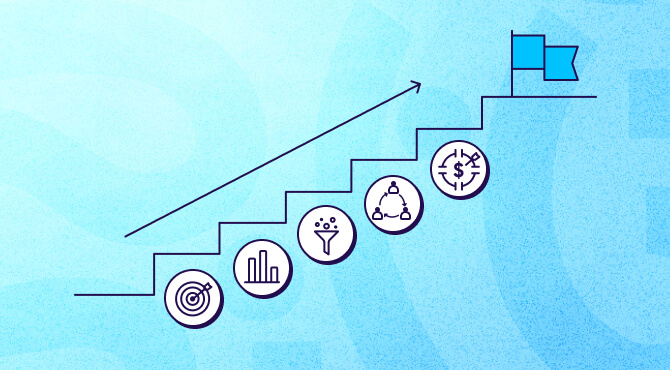
- Define the target audience. It’s difficult to create a campaign without understanding who the specific audience is. Narrow down your company’s target audience to a specific set that you’re targeting with the campaign. Then, tailor messaging, keywords, and audiences for maximum relevance.
- Determine KPIs. Setting KPIs is an essential step in understanding the success (or failure) of a campaign. Decide what’s most relevant for you to measure, and then track these KPIs over time to understand if you’re meeting them or not. (You’ll find a more detailed section on setting KPIs a little further down.)
- Analyze data. This is an ongoing process in campaign optimization. You’ll want to keep an eye on all data coming in over the course of the campaign to get a better sense of what’s working and what isn’t.
- Collaborate across teams. A good relationship between marketing, product, sales, and other teams, is a key factor to success in marketing campaigns. When all teams are aligned and collaborating effectively, it’s much easier to craft the right messages, target the right audiences, and gain a deep understanding of the product, resulting in more powerful campaigns.
- Reassess budgets to meet goals. A first budget isn’t always the right budget. Over time, you may discover that you’re spending too little, or too much, on certain campaigns, so don’t be afraid to make changes.
Tactical best practices
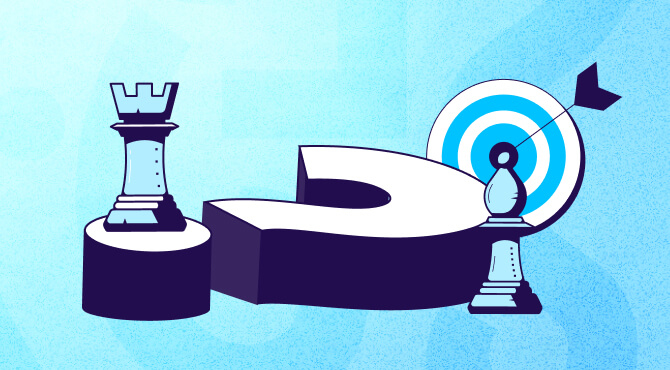
- Use negative keywords. Negative keywords are a strategy used by marketers to make sure they aren’t wasting their money on irrelevant search terms. For example, if you’re promoting a high-end resort, you may want to use negative keywords such as “motel”, “cheap”, and “hostel” —terms you’d associate with a lower-budget experience.
- Test ad copy. Testing different types of copy can help increase quality scores, lowering the cost per click. Use different messaging and wording to see what resonates most with your target audience.
- Make bid adjustments. Not all times are equal when it comes to campaigns. If you see that performance is suffering at certain points in the day or week, adjust your budget accordingly so that you spend more at better-converting times.
- Use auction insights. Auction insights look at when competitors are outranking a company, therefore affecting campaign performance. By understanding when this is happening, you can adjust your strategy or change bids to outrank competitors.
- Conduct A/B testing. A/B testing is a powerful tool that can help you understand particular aspects of campaigns and how they affect performance. Make small (or big) changes in campaigns and let them run at the same time to see what works better.
- Explore retargeting and remarketing tactics. Retargeting and remarketing strategies can help you engage customers who have shown interest in your product or have engaged with your campaigns in the past. It’s important to nurture these potential clients in the right way to lead them to conversion.
- Monitor and adjust in real-time. Campaigns aren’t a one-and-done thing. Continuously track and make changes to your campaigns to make sure you’re always getting the best ROI.
Determining and measuring KPIs
It’s hard, if not impossible, to optimize a campaign if you don’t have relevant key performance indicators, aka KPIs. KPIs are typically broken down into three categories relating to stages in the user journey: awareness, consideration, and decision.

Awareness stage
In the awareness stage, users are initially exposed to your brand, product, or service. At this point, they may not even be aware that they have a need or intent to purchase, but they are interested in what you offer. This is where good target audience building comes into play.
Common KPIs in the awareness stage include:
- Impressions – The number of times people saw your campaign and were exposed to your brand.
- Unique users – The number of people who were exposed to your brand.
- Website traffic – The number of visitors to your website, showing brand awareness and reach.
- Brand search volume – How often people are searching for your brand name, showing an increase in awareness.
Consideration stage
In the consideration stage, users who are aware of your brand have understood that they have a need or desire and are now evaluating different options. This is the stage where users are researching different options, so it’s crucial to position yourself as the best solution, address pain points, and provide in-depth information and comparisons.
Common KPIs in the consideration stage include:
- Time spent – The amount of time users are spending on your website, showing interest and curiosity.
- Lead captures – The number of people who leave contact information to learn more about what you have to offer.
- Completion rate – The number of users who complete a desired action. This could be watching a video, downloading an ebook or guide, subscribing to an email list, or using an interactive tool.
Decision stage
This is the final phase when the user decides to purchase (or take another desired action). In this stage, the user has already narrowed down their options and is ready to make a decision. The key here is to reinforce your value proposition, overcome any remaining objections or barriers, and provide a seamless path to conversion.
Common KPIs in the decision stage include:
- Conversion rate – The percentage of visitors who make a purchase (or take other desired actions).
- Revenue/sales – The total income generated from conversions. This is often the number one success metric.
- Customer acquisition cost – The total marketing cost of acquiring each new customer.
- Shopping cart abandonment rate – The percentage of potential customers who exit a website without converting.
- Return on ad spend (ROAS) – The total revenue generated for every dollar spent on advertising.
- eCPM – The revenue generated per 1,000 ad impressions shown to high-intent audiences in the decision stage.
- CTR (click-through rate) – The ratio of decision-stage users who click on a specific ad or CTA vs. the total number exposed to it. This shows how compelling an offer is.
The impact of AI on campaign optimization
As we all get to grips with AI, this technology is starting to play an integral part in campaign optimization.
Some of the major ways AI can help with campaign optimization are:
- Improved segmentation – AI can analyze large data sets, making way for better audience segmentation based on interests, intent signals, and more.
- Better content personalization – AI can create dynamic content that is personalized for each segment and individual. This can help boost relevance and engagement in campaigns.
- Smarter budget allocation – Use AI to analyze performance data and automatically allocate budget for maximum ROI.
- Improved creatives – AI can help generate a wide variety of creative assets rapidly as well as test them.
- Improved campaign performance and ROAS using predictions – AI uses sophisticated modeling techniques to make accurate predictions about conversion rates and revenue potential, enabling you to prioritize high-value opportunities and strategies.
- Dynamic creative optimization – AI tools can assemble the most effective ad creative assets (copy, images, CTAs) in real-time based on each impression, using contextual data and predictive models.
- Automated campaign management – Let AI handle routine optimization tasks, campaign management, and testing.
Campaign optimization with AppsFlyer
Creative Optimization, AppsFlyer’s AI solution, gives marketers insights into creative assets so they can make data-driven decisions on optimizing campaigns. Creative Optimization shows trends, patterns, and features that will help drive audience engagement. This enables you to make data-based decisions that boost ROI from online campaigns.
This solution works by letting you put all creative assets from various media sources into one platform (or BI system) to analyze performance. From there, it’s easy to understand different metrics, check whether you’re meeting your KPIs, and make the right decisions on how to move your strategy forward.
Key takeaways
- Campaign optimization is analyzing and improving digital marketing campaigns’ performance by tracking specific metrics and KPIs.
- Benefits of campaign optimization include improving ROI, driving the right traffic and engagement, increasing conversions, and gaining a competitive advantage.
- Best practices for campaign optimization can be strategic or tactical. Strategic best practices include defining a target audience, setting KPIs, analyzing data, collaborating across teams, and reassessing budgets. Tactics include using negative keywords, testing ad copy, making bid adjustments, A/B testing, and real-time monitoring and adjustment.
- Determining and measuring relevant KPIs is crucial across the customer journey stages: awareness, consideration, and decision. Different KPIs apply to each phase.
- AI can make campaign optimization much easier by improving segmentation, optimizing budget allocation, making predictive analysis, developing and testing creatives, and enabling dynamic optimization.
AppsFlyer’s Creative optimization provides AI-driven insights to optimize creative assets and boost campaign ROI.


